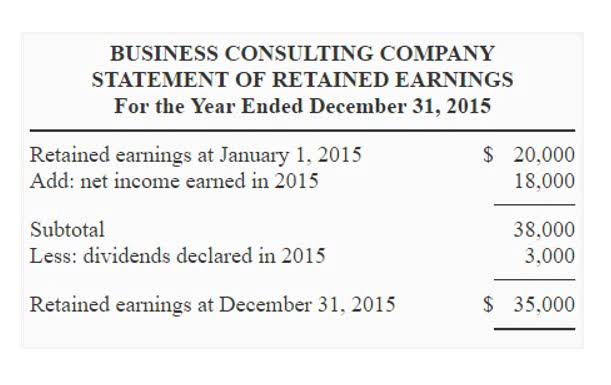

This is attributed to how when interest rates increase, there exist bonds that pay out higher coupon repayments than other bonds priced in the market. With these self-effected bond buybacks, the final dollar cumulative amount of all bonds payable reduces. As a result, the company would have had less counterparty risk how to calculate premium on bonds payable (default) as it is more likely to repay its entire sum due to investors fully. As most of the dollar amount of the bond amount payable is due only at the bond’s maturity date, counterparty risk is substantially higher than amortizing bonds. This means the corporation/institution is more likely to default on its debt.


What is the nature of the premium account?
The journal entries for the remaining years will be similar if all of the bonds remain outstanding. By the end of the 5th year, the bond premium will be zero and the company will only owe the Bonds Payable amount of $100,000. By the end of the 5th year, the bond premium will be zero, and the company will only owe the Bonds Payable amount of $100,000.


Understanding Unamortized Bond Premium
Contingent convertibles (CoCos) have additional features based on capital adequacy ratios but come with event risk. However, CoCos are still meant and ranked higher in the capital structure against common equity. Multiple banks have assured that CoCos will be prioritized against common equity should the bank be limited in funds. With the loss absorption feature upon the capital adequacy ratio not properly met, the hope is to reinstate the issuer’s capital adequacy ratio upon converting these CoCos. Because the bond is a reverse convertible, it has a barrier (knock-in) option. This means the bond will have both a barrier price (trigger price as explained above) and a strike price (the price at which the bond owner will buy the stock).
Bond Amortization Schedule – Effective Interest Method
Amortization of premium on bonds payable is the process of gradually reducing the premium on bonds payable over the bond’s life until the bond’s carrying value equals its face value at maturity. The premium arises when the bonds are issued at a price higher than their face value due to a lower market interest rate than the stated interest rate on the bond. The amortization of the premium on bonds payable is the systematic movement of the amount of premium received when the corporation issued the bonds.
Do you already work with a financial advisor?
The bond is dated as of January 1, 2023 and has a maturity date of December 31, 2027. The bond’s interest payment dates are June 30 and December 31 of each year. This means that the corporation will be required to make semiannual interest payments of $4,500 ($100,000 x 9% x 6/12). Notice that the effect of this journal is to post the interest calculated in the bond amortization schedule (14,880) to the interest expense account. Notice that the effect of this journal is to post the interest calculated in the bond amortization schedule (5,338) to the interest expense account. Notice that the effect of this journal is to post the interest of 4,249 to the interest expense account.
Amortizing the Premium


These bonds have coupon rates and fixed interest rates repaid periodically, confirmed by the signed indenture agreement. Coupon bonds are calculated by adding up all interest payments made to investors, discounted at all times with a discount rate that changes along with the risk premiums adopted per year (varying circumstances). Companies do not always issue bonds on the date they start to bear interest. Regardless of when the bonds are physically issued, interest starts to accrue from the most recent interest date.


3 Prepare Journal Entries to Reflect the Life Cycle of Bonds
- At that time, the recorded amount of the bond has declined to its $1,000 face value, which is the amount the issuer will pay back to investors.
- At the end of 5 years, the company will retire the bonds by paying the amount owed.
- If a bond is issued at a premium or at a discount, the amount will be amortized over the years through to its maturity.
- Because interest is calculated based on the outstanding loan balance, the amount of interest paid in the first payment is much more than the amount of interest in the final payment.
- If bonds payable are issued by a business at a value other than their par value a premium or discount on bonds payable is created in the accounting records of the business.

No Comments